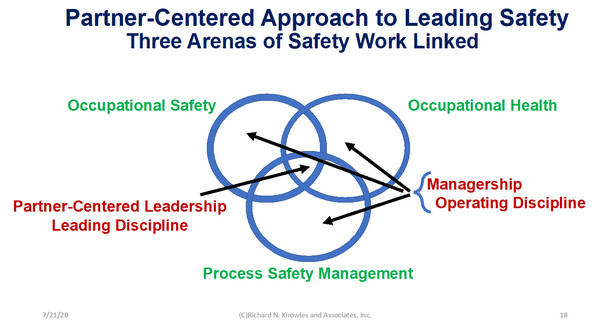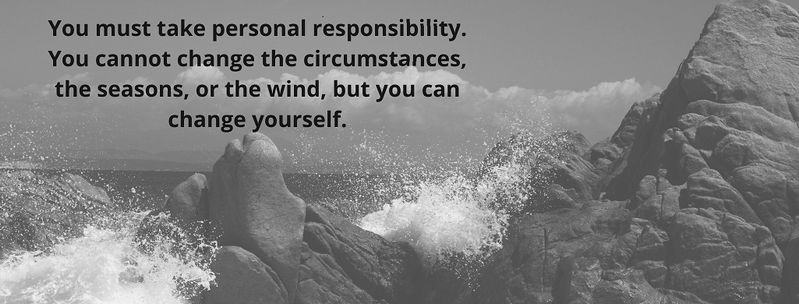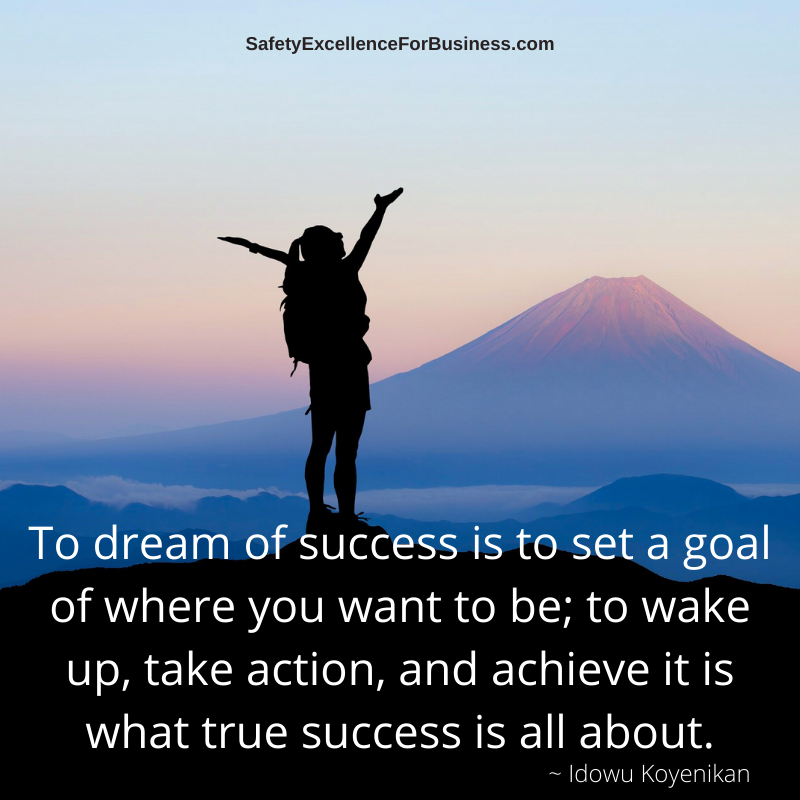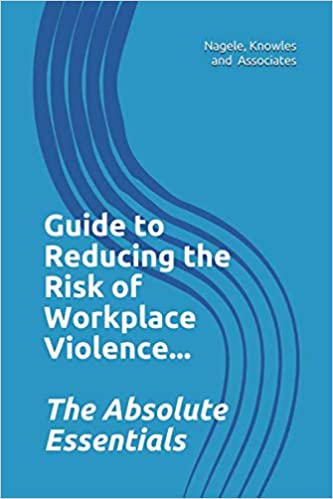Many Thousands of People are Being Injured and Killed at Work
Many, many good, safety professionals are working to maintain and improve workplace safety. Yet the number of people losing their lives in our workplaces (in just 4 years) has increased from 4,836 in 2015 to 5,333 in 2019, based on the Bureau of Labor Statistics. From 2015 through 2019 there have been 25,746 people who have lost their lives at work. To put this into an alarming perspective, compare this to the losses in Afghanistan since 2001 (over twenty years) where there have been 3,592 allied forces who have been killed, based on Associated Press.
With all the effort put into improving safety performance in our workplaces, why have we not seen a reduction in the number of people being killed at work? New papers sharing improved ways to ‘improve workplace safety’ are presented at safety conferences by the American Society of Safety Professionals, the American Institute of Chemical Engineers’ Global Congress on Process Safety, and many smaller conferences as well as in publications in a variety of journals. The informational know-how is available!
Each of the specialties of occupational safety, occupational health and process safety management have a huge amount of information that has been developed over the years to improve safety performance. While some progress has been made in reducing the total number of injuries from a rate of 3.0 in 2015 to 2.8 in 2019 (2,814,000 injuries) this seems slow to me.
What is Missing?
The fruits of all this work has to be carried out by the people actually doing the physical work, those close to the actual operating and maintenance processes. We need to help these people, and not just pile more stuff onto them.

I have found in all my 60 years in working in research, production and consulting globally that a missing link is not talking with the front-line people and exploring and learning together how to improve the work so that fewer injuries and incidents occur. None of us have all the answers. We need each other. (Talking down to people doesn’t work; talking to people (one-way) doesn’t work—the key is in talking with our people!)
Here is a Simple Solution…
When I was the Plant Manager at the 1,300 person, DuPont Belle, WV Chemical Plant I changed this. In my leading process, I spent 4-5 hours a day for 7+years walking around in the Plant, being respectful, sharing information, listening, asking how I could help the people, asking them for their help, learning together to improve things and building trust and interdependence. I talked with everyone. My mantra was “I do not have a right to make my living at a place where it is okay for you to get hurt, and we have to make a living, so let’s figure this out together.”
Our injury rate dropped by about 97% in three years, emissions to the environment dropped by about 96% in 4 years, productivity rose about 45% and earnings rose about 300%. Safety is connected to everything so as we made safety improvements everything else improved. In this approach which I call “Partner-Centered Leadership”, all parts of our safety work came together as shown here.

Each of occupational safety, health and process safety have their unique knowledge and management disciplines. When they are brought together, in the region of overlap in the center of this Venn Diagram, this is where the people and the leading process described above come together. In addition to talking with everyone about all the dimensions of our safety work as I walked around, there was one place where this all came together and was clear to everyone. Our monthly Central Safety Meetings were open, and all aspects of our safety work were discussed openly with everyone. All questions and concerns were welcome, and fixed. I strongly urged our supervisors to talk with their people and the engineers to sit with the operators to teach them the elements of process safety.
This is Simple.
Go into your workplaces, respectfully talk with the people, listen, share, ask them where you can be of more help, help them to follow up on their ideas and concerns, solve problems, build trust, and have everyone go home healthy and in one piece. Engagement!
You can do this!
 We are all familiar with OSHA as both a regulator for Safety Standards and Compliance in the workplace and as an Educator (offering Information and Training across-the-board on the OSH standards). Indeed, if you’ve not looked lately, go to
We are all familiar with OSHA as both a regulator for Safety Standards and Compliance in the workplace and as an Educator (offering Information and Training across-the-board on the OSH standards). Indeed, if you’ve not looked lately, go to 
 Our knowledge, experience and education enable us to understand what is going on around us and helps us to determine if it is safe…if we are “clued in.” This is not a complicated idea, yet we see so many people who seem to be totally oblivious about what is going on around them.
Our knowledge, experience and education enable us to understand what is going on around us and helps us to determine if it is safe…if we are “clued in.” This is not a complicated idea, yet we see so many people who seem to be totally oblivious about what is going on around them.


 Learning to work more effectively, through our safety work, spread to the whole organization. Each of you reading this newsletter can make a big difference as you engage with the people in your organizations, sharing information, building respect and trust. The impact of your work will spread.
Learning to work more effectively, through our safety work, spread to the whole organization. Each of you reading this newsletter can make a big difference as you engage with the people in your organizations, sharing information, building respect and trust. The impact of your work will spread.
 We each need to take the personal responsibility to try to avoid spreading the virus. With all the pressures, this is not easy. It is best if we each take personal responsibility to social distance and try to avoid spreading the virus. Government edicts really do not cover the details of what we each need to do very well. It is really up to us.
We each need to take the personal responsibility to try to avoid spreading the virus. With all the pressures, this is not easy. It is best if we each take personal responsibility to social distance and try to avoid spreading the virus. Government edicts really do not cover the details of what we each need to do very well. It is really up to us. In this story, a wicked witch puts the princess and the whole kingdom to sleep for 100 years. They all have to wait for the arrival of the prince to kiss the princess and awaken everyone. As children, we all knew this story, but in this new book, Stephen Capizzano shifts the story to thinking about what happens in our organizations.
In this story, a wicked witch puts the princess and the whole kingdom to sleep for 100 years. They all have to wait for the arrival of the prince to kiss the princess and awaken everyone. As children, we all knew this story, but in this new book, Stephen Capizzano shifts the story to thinking about what happens in our organizations. When we were able to shed our old habits at our Plant in West Virginia, injury rates dropped by 97%, emissions to air, ground and water as reported to the EPA dropped 95%, productivity rose by 45% and earnings rose by 300%. As I walked the plant for 5 hours each day we were reminding ourselves to shed the old habits and create a much brighter future.
When we were able to shed our old habits at our Plant in West Virginia, injury rates dropped by 97%, emissions to air, ground and water as reported to the EPA dropped 95%, productivity rose by 45% and earnings rose by 300%. As I walked the plant for 5 hours each day we were reminding ourselves to shed the old habits and create a much brighter future.

 You can’t turn on the news or check your Internet homepage without sensing the depth of the issues that our country is experiencing. Whether it is returning to the workplace amidst COVID-19 rules, political protests, religious non-tolerance, or negative nightly news events – we’re experiencing a wide berth of dramatic events. And each of us has an opinion, a response, a way that we individually see these events and cope with this discord.
You can’t turn on the news or check your Internet homepage without sensing the depth of the issues that our country is experiencing. Whether it is returning to the workplace amidst COVID-19 rules, political protests, religious non-tolerance, or negative nightly news events – we’re experiencing a wide berth of dramatic events. And each of us has an opinion, a response, a way that we individually see these events and cope with this discord. It doesn’t have to be that way! Take a timeout!
It doesn’t have to be that way! Take a timeout! In times like this, when the business and production activities are ramping up, there is a real danger that safety problems will show up. Any time the level of activity changes, up or down, is a time of danger.
In times like this, when the business and production activities are ramping up, there is a real danger that safety problems will show up. Any time the level of activity changes, up or down, is a time of danger.



